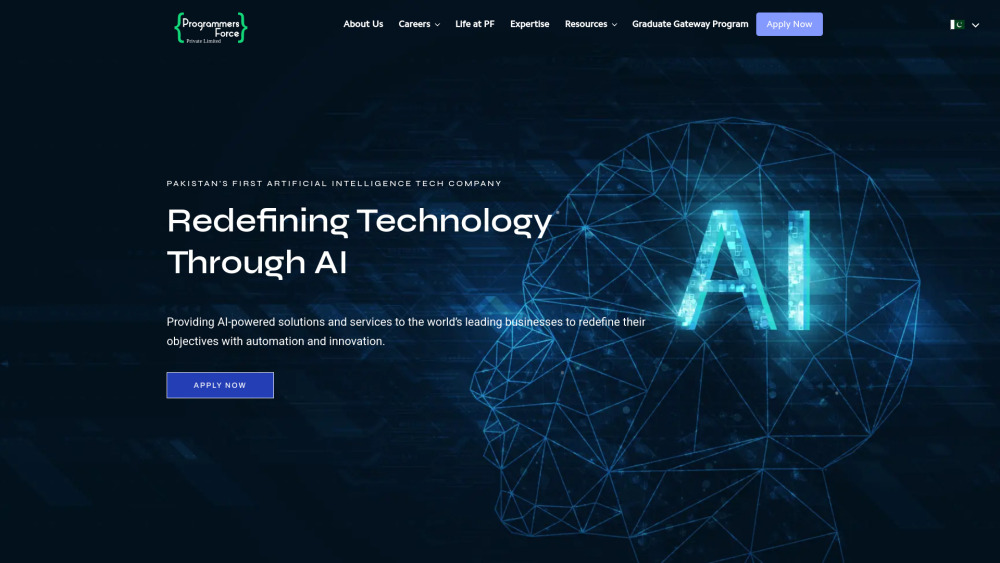Breakthrough in Brain-Computer Interfaces: Implantable Electrodes Link to Computers, Enabling AI to Help Patients 'Speak'!
Most people like

In today's fast-paced, technology-driven world, businesses around the globe are turning to artificial intelligence (AI) to enhance efficiency and drive innovation. From automating routine tasks to providing data-driven insights, AI solutions empower organizations to stay competitive and adapt to rapidly changing markets. This guide explores various AI technologies tailored for global enterprises, showcasing how they can transform operations, streamline processes, and ultimately contribute to sustainable growth. Discover how implementing AI can revolutionize your business strategy and position you at the forefront of your industry.

We introduce the best solutions for AI interpretation, voice recording, virus protection, and creating New Year's cards. These tools are designed to enhance communication, protect data, and assist in preparing for special events in both daily life and business. Please take a look to find the best solution for your needs.

Effy.ai is a cutting-edge performance management software designed to enhance organizational growth through effective feedback, comprehensive reviews, and strategic development plans. With its user-friendly interface, Effy.ai empowers teams to achieve their full potential while fostering a culture of continuous improvement.

Create Your AI Business Plan in Just 15 Minutes
Crafting a robust business plan doesn't have to be a daunting task. With our AI Business Plan Generator, you can effortlessly develop a comprehensive and tailored business plan in just 15 minutes. Whether you're launching a startup or seeking investment, our intuitive tool guides you through every step, ensuring your plan stands out and meets industry standards. Say goodbye to writer's block and hello to a clear roadmap for your business success!
Find AI tools in YBX
Related Articles
Refresh Articles
